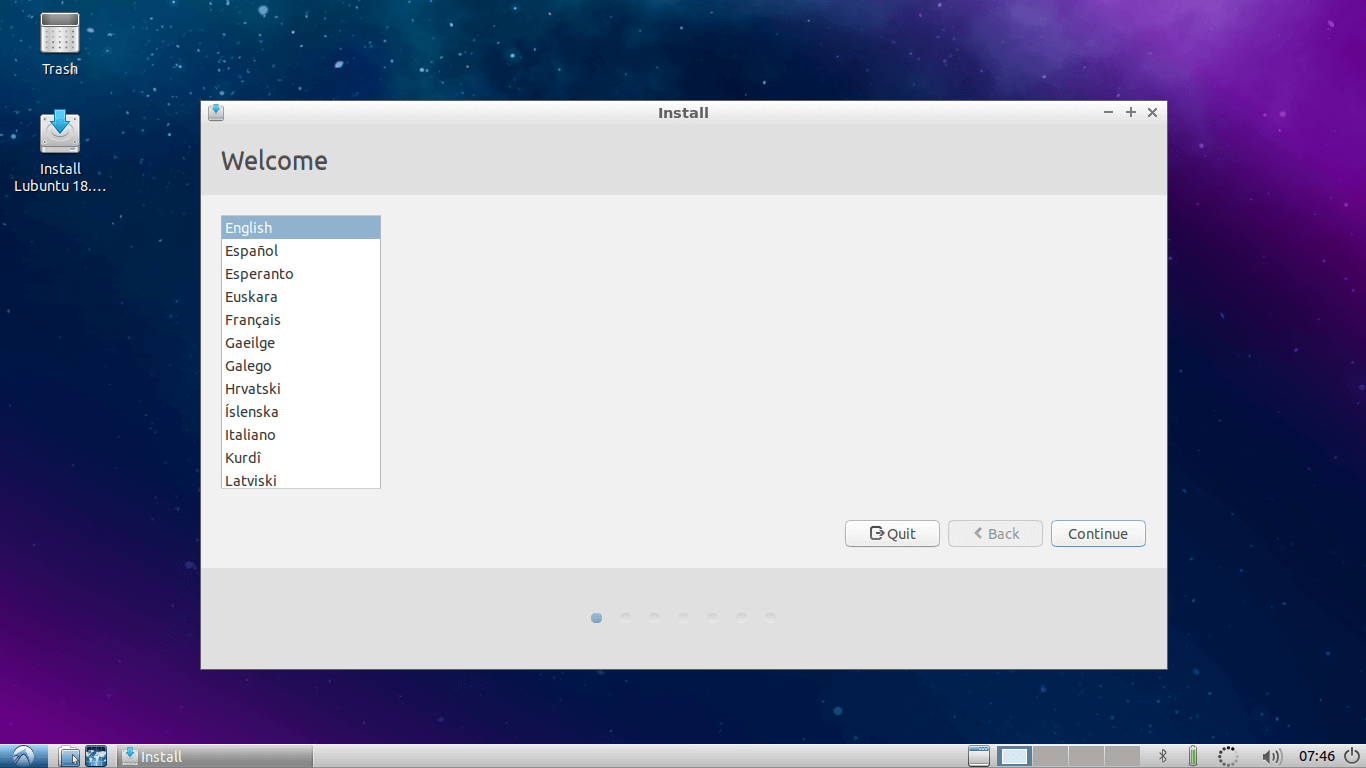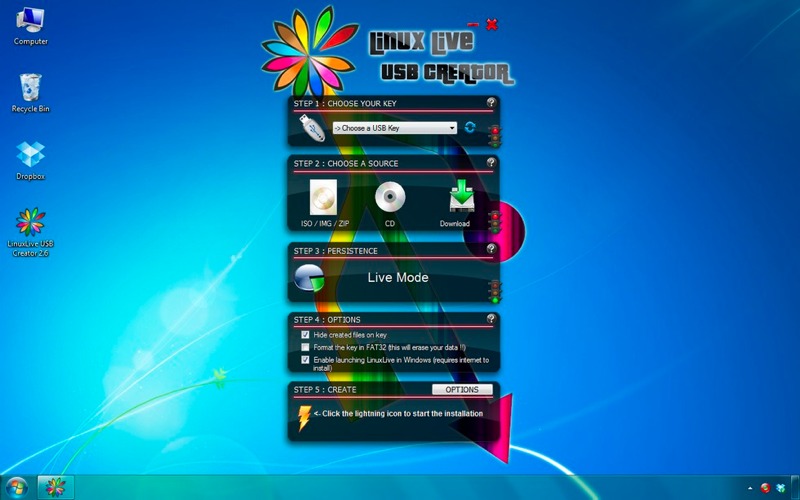

- #Should i install linux on usb full#
- #Should i install linux on usb windows 8.1#
- #Should i install linux on usb Pc#
- #Should i install linux on usb plus#
- #Should i install linux on usb windows 8#
That means that I will need to check motherboards, wired or wireless cards, sound cards or hard drives on a PC with problems. In most cases, I will need to perform PC diagnostics.
#Should i install linux on usb plus#

#Should i install linux on usb full#
My full installation with a large repository occupies about 1.2GB on a flash drive and I can flexibly use that USB as a home/office workstation (using Libre office, any of a few Internet browsers, mail clients, GIMP, etc.), a PC repair kit with the different system tools like GParted or Wireshark, or as a full LAMP server.Īs you can see on the download page, Tiny Core Linux is distributed in three versions: Tiny Core Linux (TCL) is designed to be an extremely small and nomadic distribution. All you need is any PC with the boot from USB capability and 128+ Megabytes of RAM.

But, having the full installation running from a USB flash drive that acts like a hard drive is the difference. Insert your boot device of choice, select Use a device, and select the device you want to boot from.The Linux live CD or USB stick is not hot news. You can boot from removable media by accessing the boot options menu in the same way - hold Shift while you click the Restart option. You’ll be taken to the UEFI Settings screen, where you can choose to disable Secure Boot or add your own key.
#Should i install linux on usb windows 8#
(You may not see the UEFI Settings option on a few Windows 8 PCs, even if they come with UEFI - consult your manufacturer’s documentation for information on getting to its UEFI settings screen in this case.) Select the Troubleshoot option, select Advanced options, and then select UEFI Settings. Your computer will restart into the advanced boot options screen. To do this, open the Settings charm - press Windows Key + I to open it - click the Power button, then press and hold the Shift key as you click Restart. To access this screen, you’ll need to access the boot options menu in Windows 8. You can control Secure Boot from your UEFI Firmware Settings screen. See the last section for instructions on booting from a removable device. You should be able to install current versions of Ubuntu - either the LTS release or the latest release - without any trouble on most new PCs. If you need to boot an older Linux distribution that doesn’t provide any information about this, you’ll just need to disable Secure Boot. You should check to see which process your Linux distribution of choice recommends. This doesn’t seem to be a common at the moment.

On an Intel x86 PC (not ARM PCs), you have control over Secure Boot. Secure Boot blocks this - the computer will only boot trusted software, so malicious boot loaders won’t be able to infect the system. The computer’s BIOS would then load the rootkit at boot time, which would boot and load Windows, hiding itself from the operating system and embedding itself at a deep level. This feature is known as “Secure Boot” or “Trusted Boot.” On traditional PCs without this security feature, a rootkit could install itself and become the boot loader. By default, the machine’s UEFI firmware will only boot boot loaders signed by a key embedded in the UEFI firmware.
#Should i install linux on usb windows 8.1#
PCs that come with Windows 8 and Windows 8.1 include UEFI firmware instead of the traditional BIOS.


 0 kommentar(er)
0 kommentar(er)
